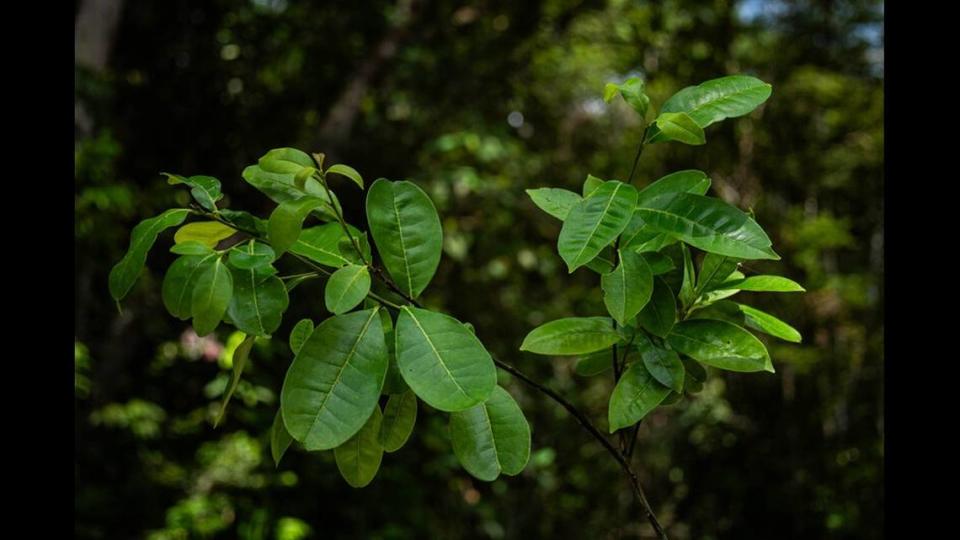‘Small and inconspicuous’ tree was thought extinct in Brazil for 186 years. Until now
About 186 years ago, botanist George Gardner discovered a unique holly tree while on an expedition.
The “small and inconspicuous” tree was officially identified in 1861 as Ilex sapiiformis, or the Pernambuco holly tree based on the Pernambuco state where it was found. Since then, scientists have been unable to locate the plant again — until now.
An expedition team led by Gustavo Martinelli was searching for the tree in Igarassu in March when they spotted familiar “tiny green flowers” on the side of the road and discovered four of the trees, according to a Sept. 19 news release from Re:wild, an environmental conservation organization. The team also discovered two previously unidentified Pernambuco trees in existing collections.

“The moment when we found Ilex sapiiformis, it seemed that the world had stopped turning its gears,” Juliana Alencar, one of the team members, said in the release. “Nature surprises us. Finding a species that hasn’t been heard of in nearly two centuries doesn’t happen every day. It was an incredible moment, and the emotion of it was felt throughout the entire team.”
“It was like finding a long-lost and long-awaited relative that you only know by old portraits,” Milton Groppo, another team member, said in the release.
The tree can grow to between 26 feet and 40 feet, experts said. The place where they were found was once a dense tropical forest but has since become mostly urban areas and sugarcane plantations.

“The Pernambuco holly is in an emergency situation now,” Martinelli said in the release. “It could be on the verge of extinction because, as far as we know, there are just four individuals of the species. And these individuals are in an area of degraded riparian forest, despite being protected by law.”
Experts have continued to monitor the trees, checking on them weekly to ensure that they are producing fruit. The team said its goal is to gather seeds and germinate the trees.
Igarassu is in northeastern Brazil.
Driver spots iconic wild cat — considered locally extinct for 42 years — along road
Rare horse — once believed extinct — ‘thriving’ at new CA home. See ‘energetic’ foal
‘Strange’ sea creature was considered locally extinct — until a runner spotted one

